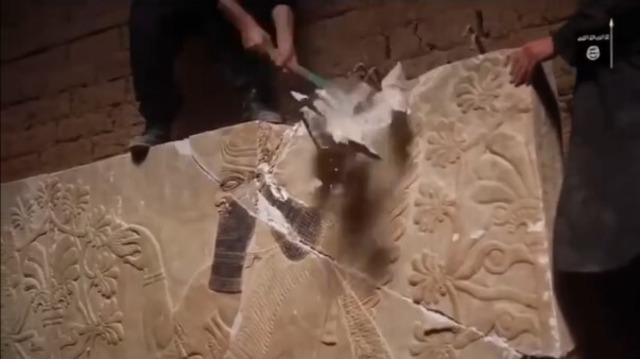The damage caused by the terrorist organization DAESH to historical artifacts and ancient cities in the cities it entered had previously been on the agenda all over the world. Finally, new images have emerged of the moments when ISIS destroyed archaeological artifacts from ancient times.
While it was stated that the images in question were from 2015, the images included images of the terrorist organization DAESH destroying archaeological artifacts from the Assyrian Period in Mosul and exploding ancient cities.
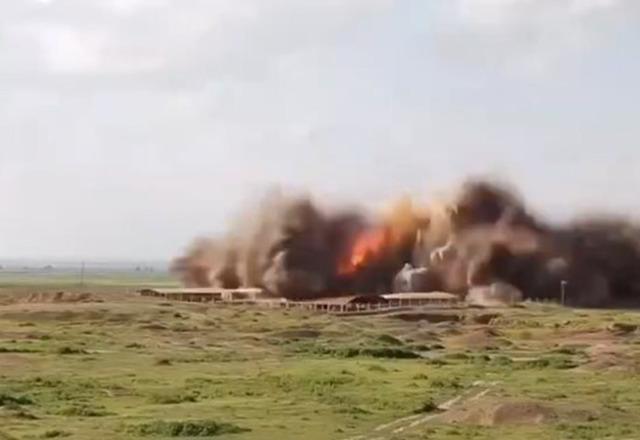
In 2015, the Iraqi Ministry of Tourism and Antiquities announced that the terrorist organization DAESH attacked the ancient city of Nimrod, dating back to the Assyrian period, and damaged the artifacts there.
In the statement made by the Ministry, it was stated that the historical place was reduced to rubble as a result of the attack of ISIS militants on the city of Nimrud, dating back to the Assyrian period (1244 – 1373 BC), located 35 kilometers southeast of Mosul. The statement said, “After the Mosul Museum and Library, the militants of the organization are now attacking other historical and cultural values, the common heritage of humanity.”
The ancient city of Nemrut is located on the banks of the Tigris River. It was claimed that ISIS militants demolished the historical areas in Nimrod with bulldozers.

On the other hand, Hasan Salim, Member of the Security and Defense Commission of the Iraqi Parliament, said in his statement, “DAESH was concerned about damaging all cultural and historical values before the operation of the Iraqi army and the international coalition to liberate Mosul began.”
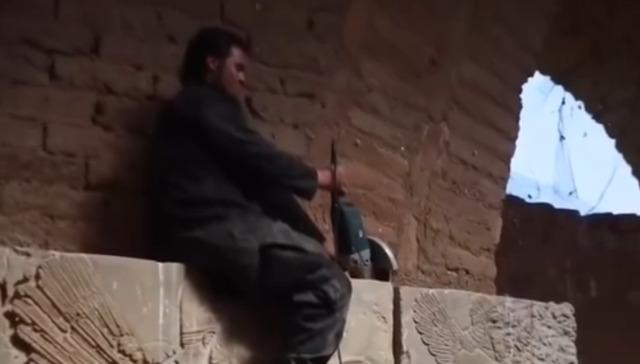
Following the destruction of the historical and cultural heritage in Iraq, which hosted many civilizations, by DAESH, the United Nations Educational, Scientific and Cultural Organization (UNESCO) called on the international community and asked for the protection of these works. The United Nations Educational, Scientific and Cultural Organization (UNESCO) condemned DAESH’s destruction of the ruins in the historical city of Nimrod with bulldozers. UNESCO Director-General Irina Bokova described the attack as a “war crime” in her written statement. Bokova said, “We cannot remain silent in the face of these attacks, the deliberate destruction of cultural heritage is a war crime. I call on all political and religious leaders in the region to oppose this barbarism.”
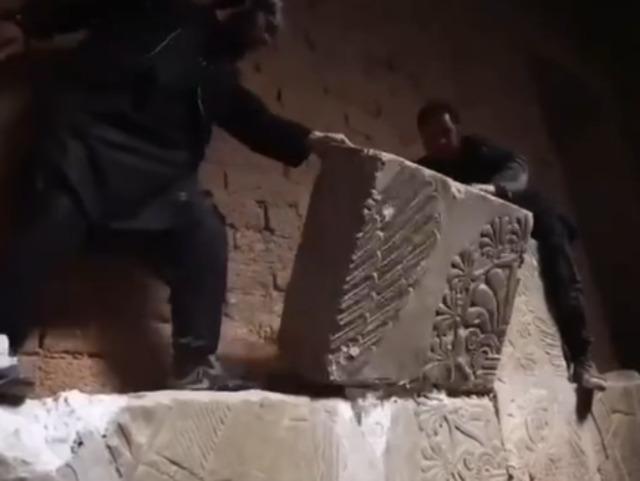
B.C. Many artifacts were unearthed in excavations carried out in Nemrut, which was the capital of the Assyrian Kingdom in the 8th century, since the 19th century. The attack carried out by the US army in 2003 caused great destruction in the area where the ancient city is located. UNESCO requested an urgent meeting of the United Nations Security Council and the protection of the historical and cultural heritage in Iraq, which hosted countless civilizations, after the destruction of the historical and cultural heritage by ISIS.
THEY ALSO ENTERED THE ANCIENT CITY OF PALMIRA
On the other hand, the news that DAESH had entered the ancient city of Palmyra, connected to Homs, had repercussions all over the world. Also in 2015, it was stated that violent clashes between Syrian army units and DAESH militants continued around Tedmur Military Prison. In the statement made by the Syrian Local Coordination Committee (LCC), it was stated that the terrorist organization DAESH took control of the oil field near the ancient city of Tedmur, after violent clashes with army forces.
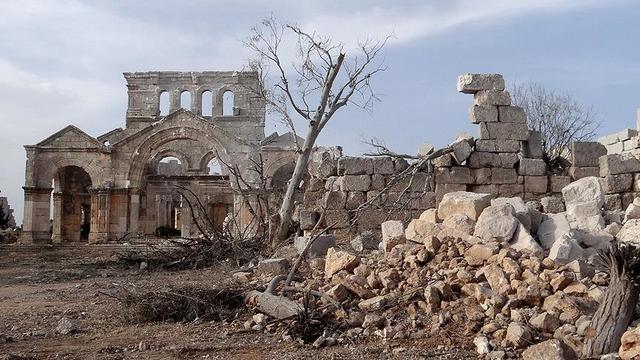
The city of Palmyra, one of the important religious and commercial centers of ancient times and included in the World Heritage List by UNESCO in 1980, was the scene of violent conflicts at that time.
